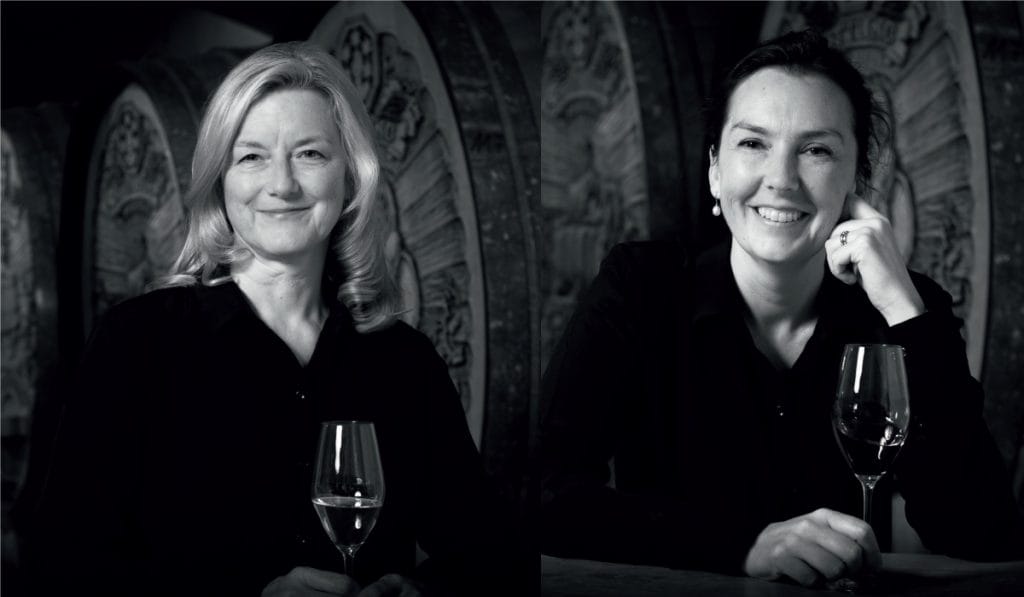For a retail chain – not to mention one from a country that statistically drinks less wine than many of its old-continent counterparts – Marks & Spencer takes its wine seriously. Besides consistently picking up international awards for its in-house labels, the group – rare for its category – has its own team of winemakers that are in charge of making and blending its wines. The Peak speaks to Marks & Spencer winemakers Sue Daniels and Belinda Kleinig about its latest range, Classics, a series of wines produced to showcase representative wine styles from some of the world’s most well-known winemaking regions – from Burgundian Pinot Noir to Piedmontese Cortese di Gavi – as well as the challenges of making wine remotely.
What was the reason for coming up with the Classics range?
We wanted to give our customers the best examples of their favourite wine styles, all with the stamp of Marks & Spencer quality assurance. As well as helping them enjoy styles they already know and love, it’s about giving customers the confidence to experiment with wines from regions they perhaps haven’t tried before – and if they see the Classics label on a bottle, they will know it will be just as good as the rest in the range.
Can you briefly describe the winemaking process for this range?
We started by picking out the best-loved styles and regions, and embarked on a big project with all Marks & Spencer wine buyers to source the highest quality wines at the most accessible price range we can. We worked with some long-time producers like Charles Sichel and Gerd Stepp, as well as exploring new suppliers with great expertise in their region, such as Paul Buisse in the Loire Valley and Bodegas Salavinsa in Rioja. After sourcing the best wines we can, we then intentionally put these wines in regionally distinctive packaging to further demonstrate to customers the authenticity and attention to detail that have gone into this range.
How has the pandemic affected your ability to travel around and oversee the winemaking process?
This year we have done most of our blending remotely, with many blending components sent across and tasting meetings over Teams and Zoom. This has been a very successful alternative to visiting the wineries in person, and has proved to be a really good way of achieving the same high-quality blends without the travel. Working digitally has been really positive for opening up better communication more often with our producers, rather than relying on annual in-person visits – so definitely a silver lining!
Which variant has been the most challenging to produce?
The biggest challenges were in regions where there is often not enough supply for the demand, such as Picpoul de Pinet in France and with Albarino grapes in north-west Spain. As the options available were more limited, we needed to work harder to find the right partner to ensure quality and consistency.

The Marks & Spencer Classics range
With your combined experience, what are some of the biggest shifts you’ve seen in the industry?
The rise of affordable alternatives to champagne has been a real shift over the past decade. We’ve seen the boom in popularity of prosecco and a resurgence for cava, and now our customers are looking for premium sparkling wines that offer the same indulgence and complexity as champagne for a more everyday price. That’s why we’re launching our brand new Classics Crémant later this year, which is made in the same méthode traditionelle as champagne (where secondary fermentation happens in the bottle) and a similar blend of grapes – but comes without the champagne price tag as it is not made in the Champagne region.
We also know our customers are particularly interested in wines with good sustainability credentials. We have just launched a new Organic Fiano and a Merinas Spanish Organic White, and will be looking at expanding our range of organic wines over the coming months. Excitingly, we have also just been named the inaugural Decanter Green Retailer of the Year, in recognition for the work we have done with producers on sustainability, as well as our vegan wine commitment (Marks & Spencer has announced that its whole range of wines will be going vegan by 2022).
How big is wine for Marks & Spencer in relation to the other parts of the business?
Wine is definitely an area where we’re seeing real growth, and the launch of our new Classics range is just one part of this. We’ll also be further expanding the collection with a further 16 Classics later this year, predominantly from the New World. In terms of our appeal for the luxury market, we stock a number of fine wines, such as our Hospice de Beaune Saint Romain and our Chambolle-Musigny, the latter of which is from the northern end of Burgundy’s famous Côte d’Or and won Gold in the prestigious International Wine Challenge awards a few years ago. We also stock a range of award-winning high-end red Bordeaux wines, such as our Pauillac and Château Tour de Pez Saint-Estèphe.
This article first appeared in The Peak Singapore



